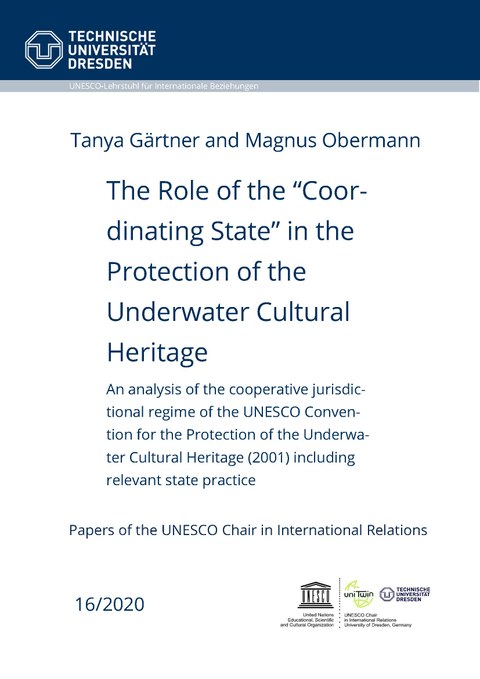18.09.2020
Jetzt auch auf Englisch: The Role of the “Coordinating State” in the Protection of the Underwater Cultural Heritage
The article at hand concerns itself with evaluating the impact the State Cooperation System has had on how underwater cultural heritage is dealt with in international waters. A total of six researched cases, including the infamous Titanic and the currently controversial San José, attest that the notion of the Coordinating State has yet to deliver a higher standard of protection for cultural assets underwater. On the one hand, generic ramifications caused by the superficial configuration of the treaty, such as disregarding private stakeholders and elements of bureaucracy, are identified. On the other hand, the discontent with cooperative jurisdictional provisions seems to be omnipresent. This affirms the need for reforming the convention itself, even in consideration of the sixth Meeting of State Parties’ Draft Ratification and Implementation Strategy. In order to provide a workable proposal for reform, the authors acknowledge the potential role model effect of existing systems of shared jurisdiction. In conclusion, it is suggested to upgrade the convention’s Scientific and Technical Advisory Body (STAB) and assign it the identification of underwater cultural heritage, notifying state parties with a verifiable link to the heritage site as well as taking emergency measures. This is consistent with missions the STAB has already deployed to assist state parties on-site and preliminary deliberations to strengthen the support and funding of the STAB in the aforementioned Draft Ratification and Implementation Strategy.
The paper was originally published in German in 2019.

